Labor fast tracks visas for bush and skilled specialist, to cut 185,000 visas in migration overhaul
Labor will reduce the nation’s migrant intake by 185,000 through tougher international student standards and ending pandemic-era work visas, while fast-tracking regional workers. Here’s how it would work.
National
Don't miss out on the headlines from National. Followed categories will be added to My News.
Labor is overhauling the nation’s visa system by introducing seven-day approvals for highly talented applicants, prioritising migrants who want to work in the regions and reducing the overall intake to ease the crippling pressure on housing.
The number of migrants will be cut by 185,000 but Anthony Albanese will still preside over a net intake of more than a million in his first term.
The government will on Monday unveil sweeping reforms, including measures to attract and keep highly skilled workers where they are needed – giving priority to regional Australia – as well as closing loopholes that allow some visa holders to remain on a “permanently temporary” basis.
Effective “immediately” visas sponsored by employers in rural and regional Australia will be moved to the top of the processing pile as a first step to improving migrant pathways beyond cities.
“A better managed migration system … can help to manage planned cities and revitalise regional communities,” the strategy said.

Highly talented skilled migrants in unique specialist areas like science, technology and cyber security will get a visa to work in Australia within seven days, which under the current system would take up to a year.
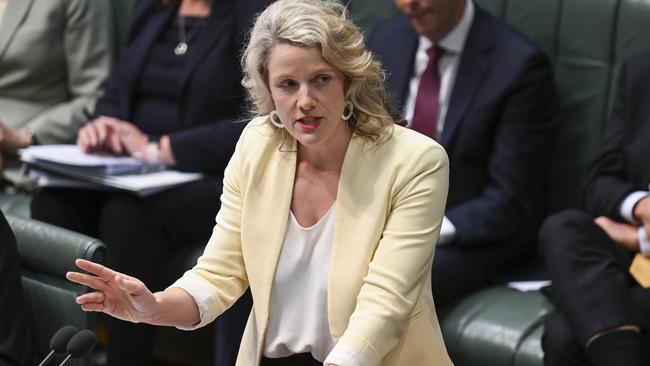
But new Treasury forecasts show even with Labor’s changes, Australia will still have a net overseas migration intake of more than 1.1 million on the Prime Minister’s watch between mid-2022 and 2025.
International students, who accounted for about 270,000 of Australia’s 510,000 net migrant intake in 2022-23, will soon facer significantly stricter requirements to ensure they are entering the country for genuine study.
Labor will raise the English language requirements for these students, restrict onshore “visa hopping” and significantly increase scrutiny of high-risk student visa applications.
The changes also include measures to limit graduate visas so that international students who do not find employment in areas of skill shortage earning above the annual wage threshold of $70,000 within two years they will be sent home.
Conversely highly skilled graduates in areas of need will gain access to a new four-year Skills in Demand visa, which will include pathways to permanent residence, and brings Australia in line with other countries as an attractive destination for qualified workers.
The new Skills in Demand visa will have three entry pathways; the rapidly-processed “specialist skills” system targeting experts, another for “core skills” in shortage like trades, and finally one for in-demand lower-paid roles.

Home Affairs Clare O’Neil said the migration strategy would help Australia get the skills the country needed in health care, energy and in the digital economy.
“This strategy is about building back integrity into the system, with Treasury forecasts showing that migration is expected to decline substantially over the next financial year,” she said.
Labor’s May budget forecast migration in 2023-24 would be 315,000, but on Wednesday Treasury forecasts in the Mid Year Economic and Fiscal Outlook will show that estimation has jumped to 375,000.
Without the measures announced in the migration review, this financial year’s net intake would have been 440,000.
That reduction of 65,000, will be followed by a decline of 60,000 in 2024-25, and 30,000 each in the following two years, meaning within four years Labor will have slashed 185,000 from forecast net overseas migration.
By 2026-27 Treasury forecasts show net migration will drop to 235,000, which is just below pre-pandemic levels.
Mr Albanese on Saturday conceded previous forecasts were too high.
“There was always going to be a hump post-Covid in our migration numbers … but we do need to have our migration levels brought to a sustainable level,” he said.
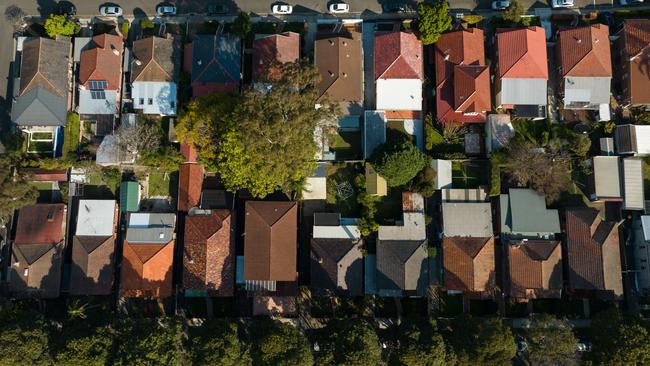
As part of the new strategy, Labor has committed to plan migration over a “longer term horizon” of five years, with more input from states and territories to ensure housing and other infrastructure was sufficient to meet demand.
A range of other changes will be made to the migration system, including plans to abolish “unnecessary and duplicative” visas.
“Our complex visa system not only risks losing out on the skills we need, but creates a market for third parties to exploit confused and vulnerable visa applicants who can’t navigate the system,” the strategy said.
The new measures are on top of existing commitments to raise the temporary skill migration income threshold to $70,000, scrapping pandemic event visas and better regulation of migration agents.
Coalition migration spokesman Dan Tehan said on the weekend the government had allowed too many people into Australia already.
“Labor say they don’t want a big Australia, but judge them by their actions, not their words,” Mr Tehan said.
“Under Labor, Australia is experiencing record numbers of temporary visa holders, record numbers of international students, record numbers of failed asylum seekers and more people on Covid work visas than during the Covid pandemic.”
Housing crisis cripples Sydney’s west
By Clareese Packer and Tamaryn McGregor
Renting a place with two young boys, Western Sydney residents Bachire and Basmah Husseini said that the housing crisis has definitely taken a toll on their family, describing it as a “rollercoaster”.
“It’s been very stressful. Especially with the last rate rise, it’s been a roller coaster,” Mr Husseini said.
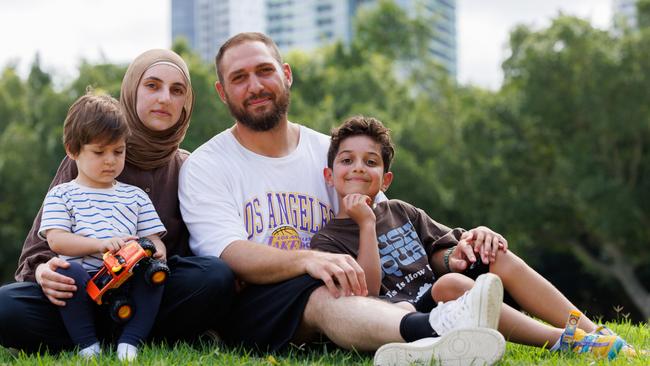
He and his wife, who are hoping to secure a mortgage very soon, have recently had to discuss budgeting, and really “start thinking about what’s important”.
“We have to sit down as a family and make some tough decisions, Mr Husseini said, with his wife adding that they have to be “a lot more conscious as to where (they) spend (their) money”.
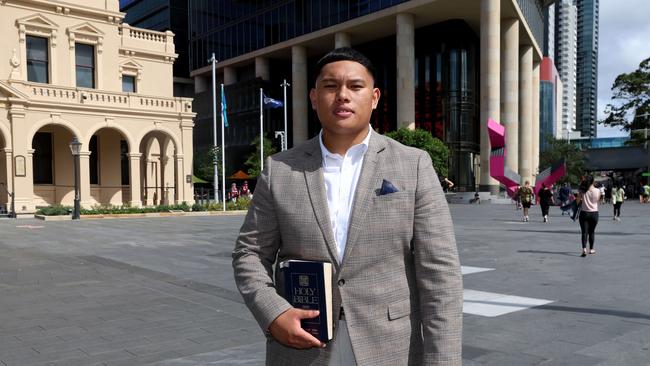
However, the new migration strategy introduced by the government may be able to provide some relief to families like the Husseini’s struggling with the housing crisis.
The new measures will include higher scrutiny of student visa applications and an emphasis on attracting skilled migrants, with a “Skills in Demand” visa being developed.
Mr Husseini said that this could help reduce some of the demand in the housing market.
“Any slowing down is going to help reduce the demand on the market,” he said.
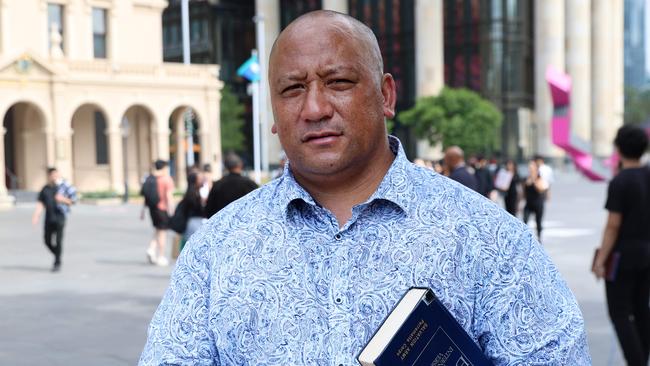
Western Sydney resident Bass Peachey said he found it difficult to secure his “expensive” Merrylands rental.
“It took a couple of months. It was kind of hard.
“You can’t run away from it (migration), especially out west. People are running out west because it’s ‘cheaper’ but it’s not really.”
Mr Peachey said personally he “doesn’t mind” the amount of migrants in Australia but understands why “hard working Australian’s down here” would support the new Labour measures.
“I think it’s alright. Either way I don’t mind.
“It does make it a lot more harder (to rent).
“You (also) want people in who are already here to be established.”
Parramatta resident Tee Martin said he struggled to board a Western Sydney train on Saturday night because there were so many people travelling on the busy carriages.
“I was on the train late last night and you couldn’t get on,” he said.
More Coverage
Originally published as Labor fast tracks visas for bush and skilled specialist, to cut 185,000 visas in migration overhaul





